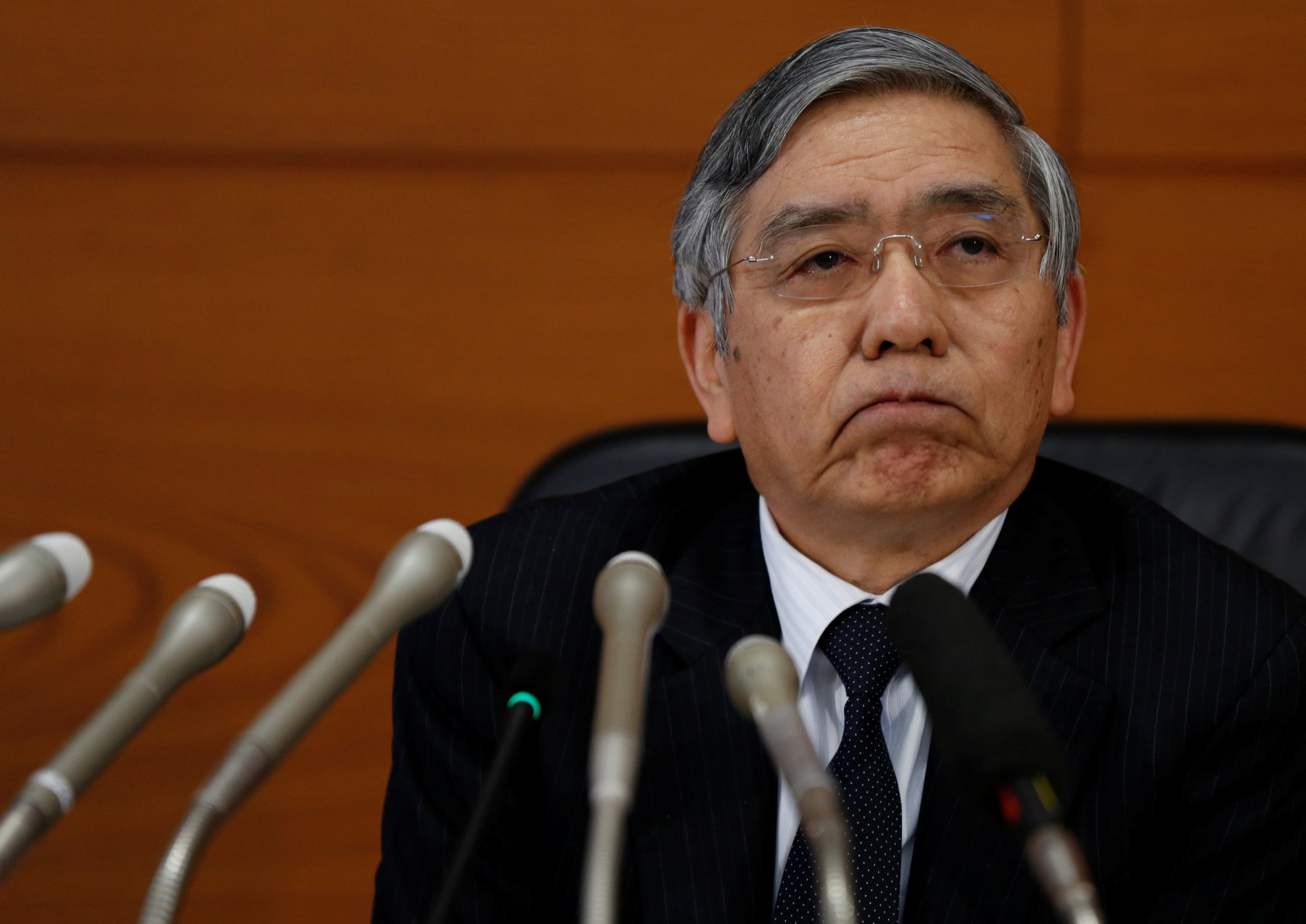Japan's attempts to revive anemic consumer spending through unconventional monetary policy have created new problems for the central bank in its daily dealings with financial markets, as rising global yields muddle its efforts to manage local rates.
Introduced in September last year, the Bank of Japan's yield curve control program — the latest in a long series of controversial moves — was designed to keep shorter-dated bond yields lower while allowing longer-dated yields to rise, in theory, making lending more profitable for banks.
The BOJ has put the job of controlling yields in the hands of a small group of relatively junior bureaucrats, who have no say on monetary policy but execute the board's orders through daily transactions in the interest rate markets.


















With your current subscription plan you can comment on stories. However, before writing your first comment, please create a display name in the Profile section of your subscriber account page.